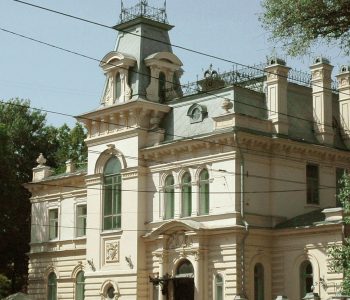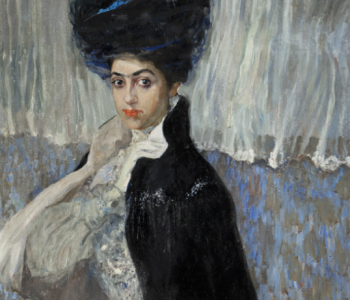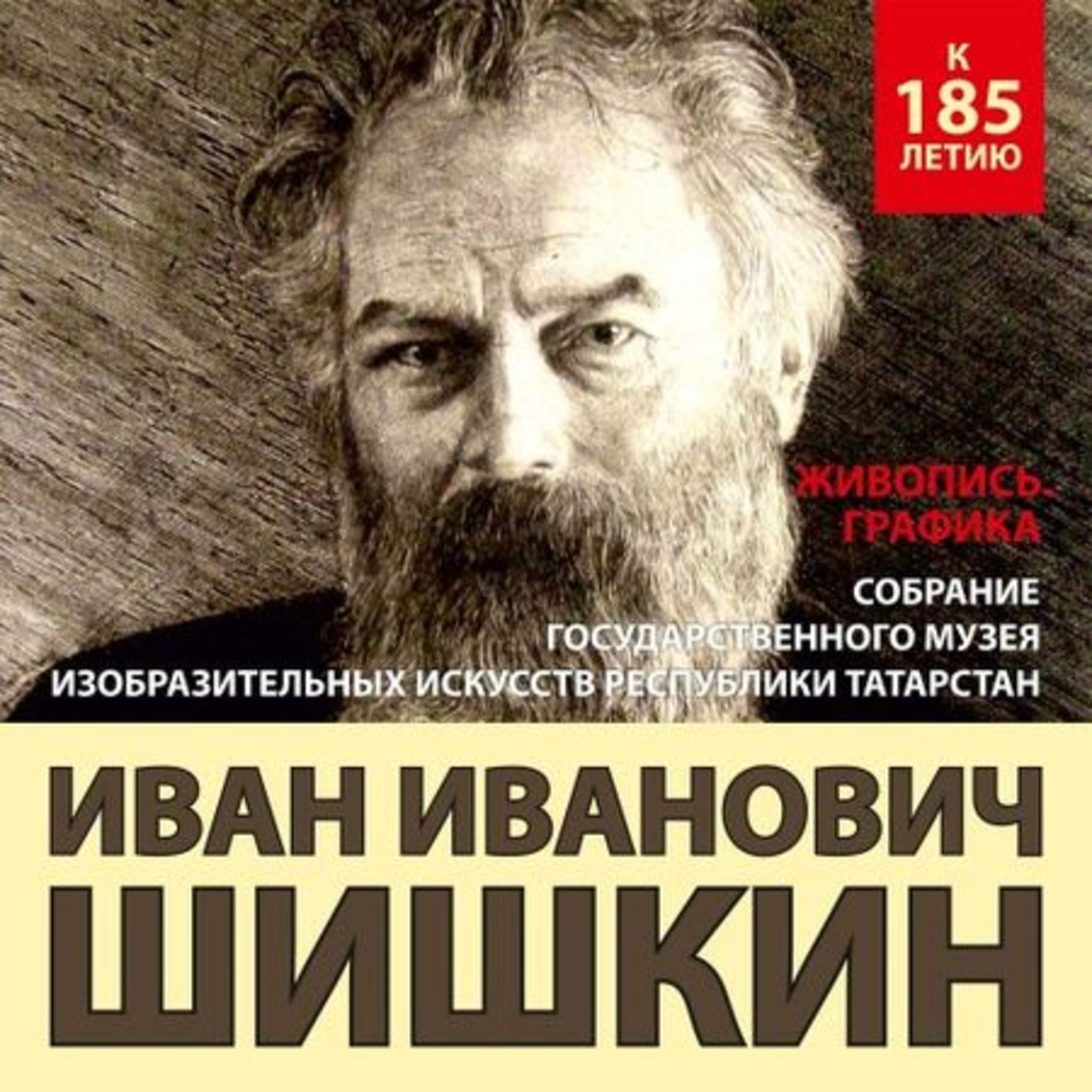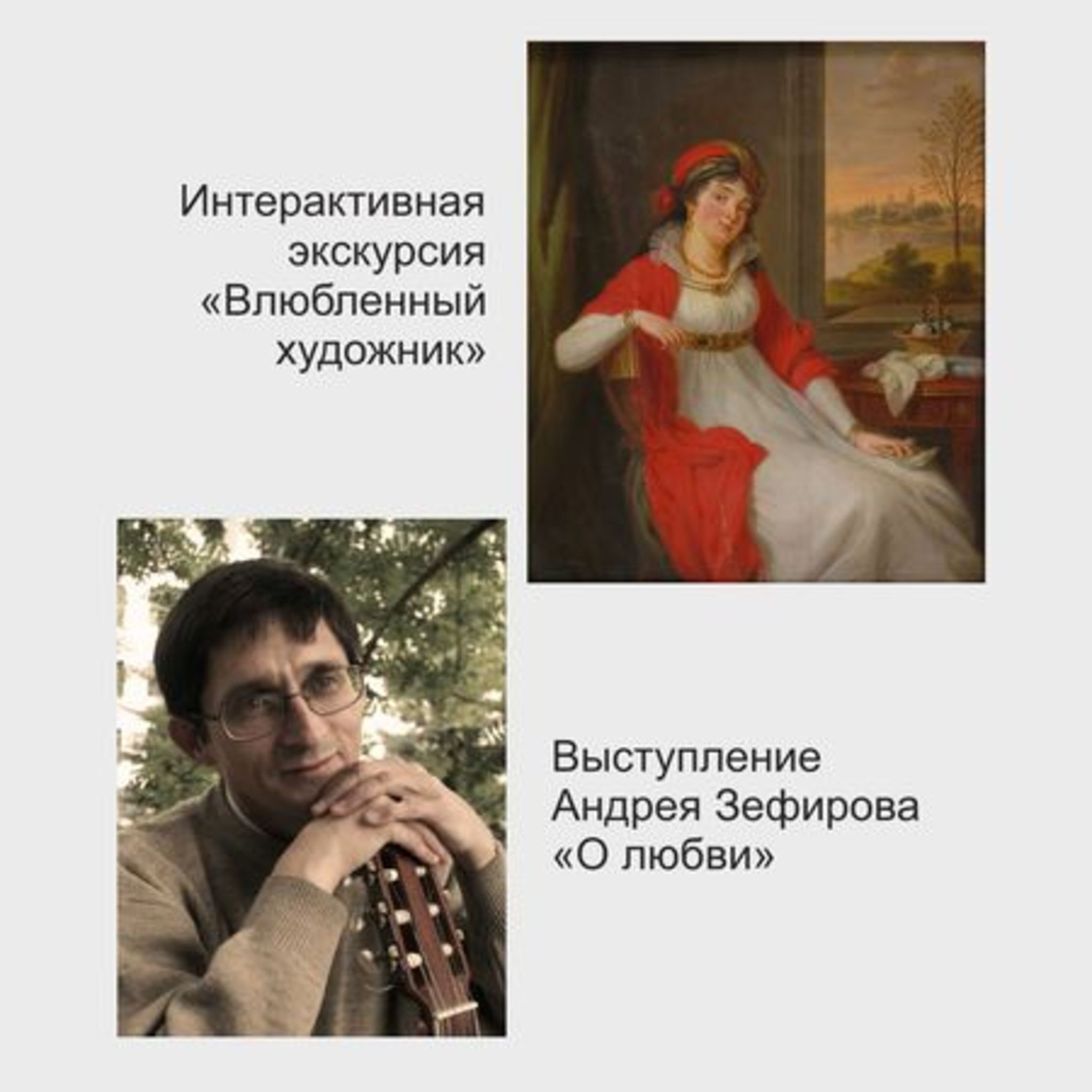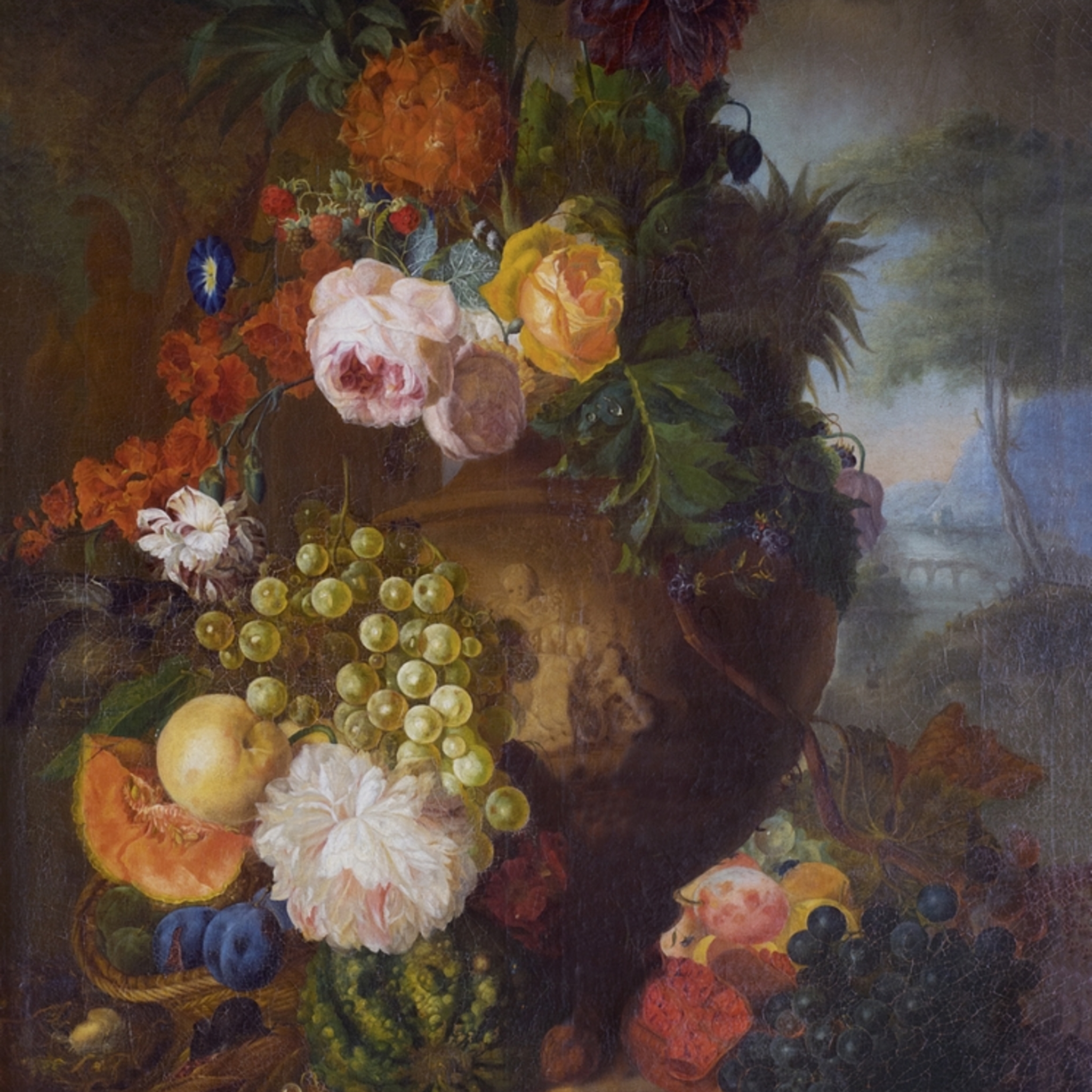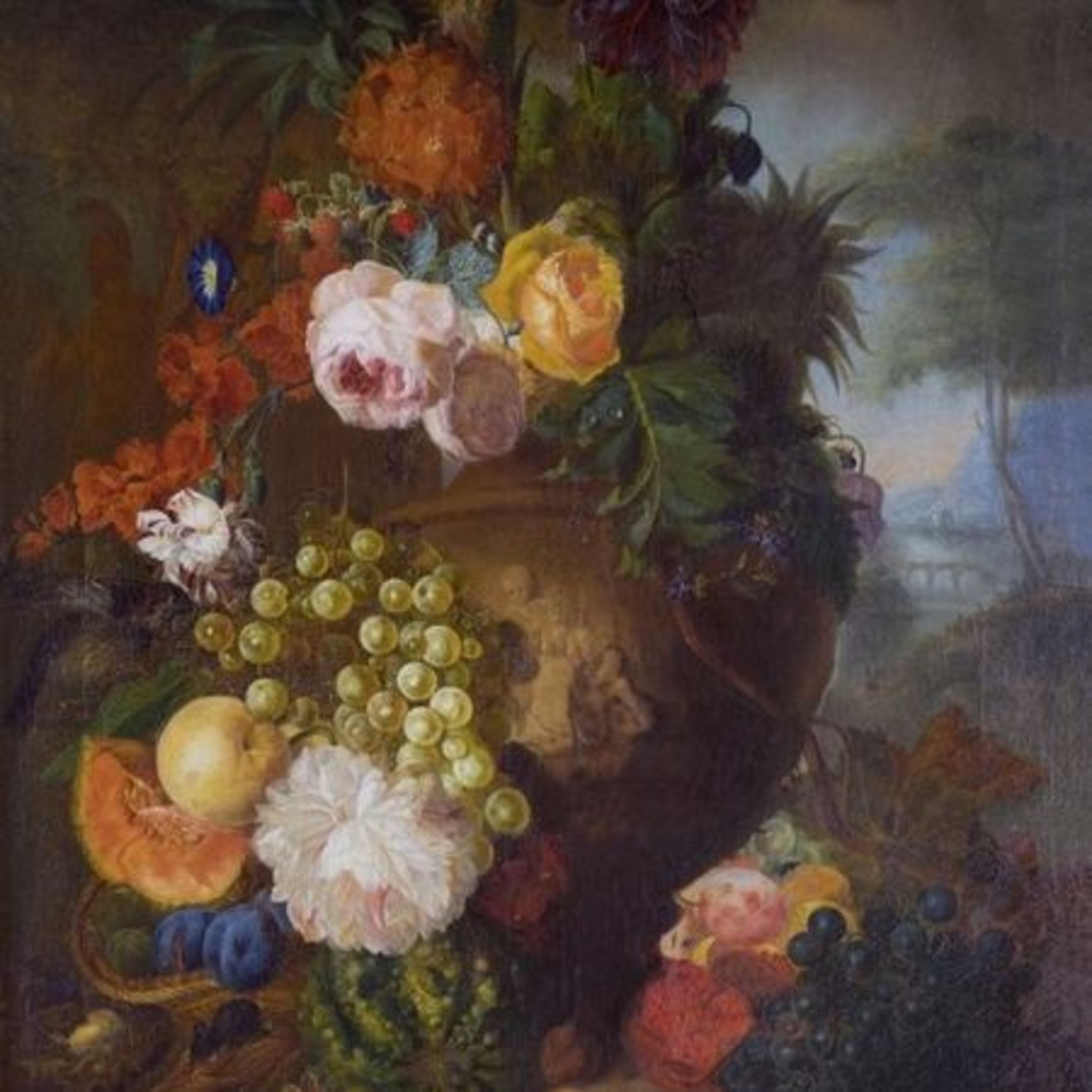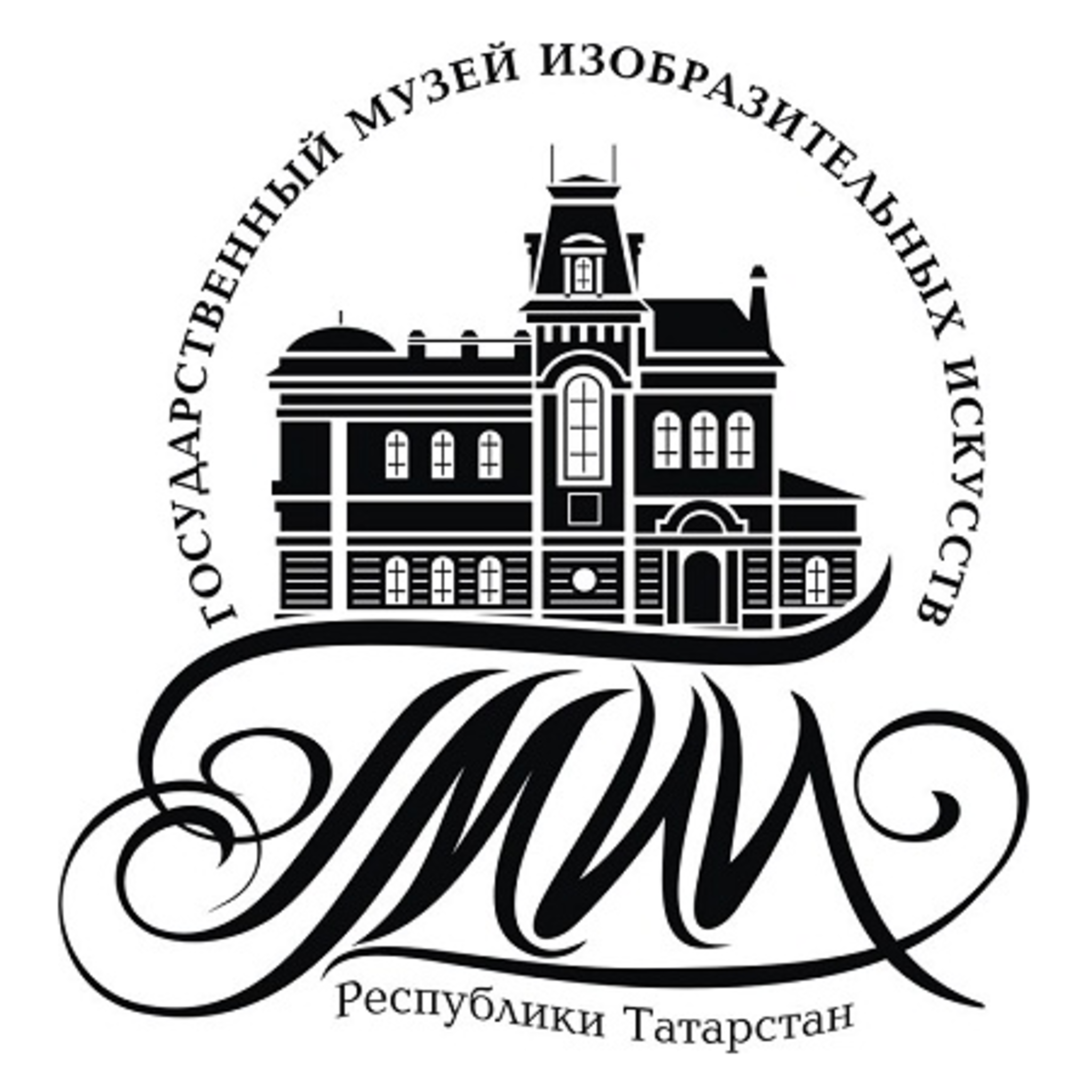

The museum was founded on October 11, 2011. The GMII RT was selected by the Union of Russian Museums among 40 museums of the country that took part in the project “Museum. Music. Children” to promote art education of children in the region. Museum Resource Centers operate in Petrozavodsk, Kaliningrad, Yoshkar-Ola, Tula as part the charity program of the Union of Russian Museums and President Yeltsin’s Center. The Russian Center of Museum Education and Art Education of Children of the Russian Museum provides scientific support.
President Yeltsin’s Center supplied the GMII RT Resource Center with equipment valued at around 800.000 rubles.
Many decades before the Center was established there had been a lot of work in the area of museum studies and museum education of school children. The pioneer of this work was N.M. Aksenova who coordinated and implemented advanced ideas. In recent years a system of aesthetical education of children integrated into school programs has been developed which resulted in museum studios, series of classes and educational tours provided for children of various age groups. Besides a course of people’s culture university has been developed and some related educating materials have been published.
The Resource Center is an important department of the GMII RT. The Center participates in museum projects, develops programs of aesthetical and artistic education of children taking into consideration the age of children, their psychology as well as cultural needs of the society. In its educational work the Center relies on the museum’s collections, studio and classroom studies and the use of modern audio and video devices and the internet.
The GMII RT Resource Center is to implement the Russian Museum’s program “Zdravstvuiy Musei” or its section for primary school cildren called “Mir Muzeya” at schools of Kazan and the Republic of Tatarstan. This program meets all contemporary requirements concerning the cooperation of the museum with educational institutions and has been approved by the Ministry of education and science of Russia.
The Center provides distance learning. This is an innovation. Such distance studies are provided for students of the humanities, senior pupils and teachers. Best practice shows that distance learning is also good for impaired children.
Museum centers must also improve professional expertise of all sorts of teachers. For this purpose the museum organizes workshops in which such specialists as lecturers and tutors from the Russian Museum and museums of the Republic of Tatarstan share their knowledge.
For the efficiency of the GMII RT Resource Center in September 2011 the Ministry of Culture and the Ministry of education and science of Russia made an agreement on cooperating in the area of art education of young people.
Kazan has long been one of the oldest cultural centers of the country. Kazan University founded in 1804 played a significant role in developing scientific and artistic traditions. Teachers of the university were graduates of St. Petersburg Academy of Arts, A.V Stupin’s Painting School in Arzamass etc.
Materials gathered in numerous expeditions organized by the university served as a basis to establish ethnographic and archeological museums and the Museum of ancient and fine arts. Later on the department of theory and history of arts was established at the university. This department fostered such celebrated scientists as N.P. Lihachev, D.V. Aynalov V.K. Malmberg whose achievements were recognized in Europe.
In 1895 on the initiative of the community and with the support of the Academy of Arts Kazan Art School was founded. This school became the center of the city’s cultural and artistic life. It hosted annual exhibitions in which Russian realist artists belonging to a group called Peredvizhniki displayed their works. The school exhibited works of celebrated Russian artists from collections of the Imperial Academy of Arts and Kuindzhi Society.
All these events resulted in opening in the city of Kazan the first museum with an artistic department.
Its history dates back to 1895 when the collection of pictures, drawings and engravings belonging to Kazan archeologist and explorer of local culture and history A.F. Likhachev (1832-1890) was given to the museum after his death by his brother I.F. Likhachev, the vice-admiral of the Russian fleet.
New exhibits were added after the revolution of 1917. In 1919 the Scientific and Industrial Museum of the City of Kazan was reorganized into Kazan Regional Museum that had the section of drawing and painting, the section of history and archeology and the section of ethnography. The museum’s collections included works from nationalized usadbas and mansion houses, churches and cloisters that had been closed and ravaged as well as works from the State Museum Collection and repositories of Moscow museums, from Kazan University and from private collections.
Moreover, Olga Sergeyevna Aleksandrova-Gaines, a rich heiress of a tea dealer from Kazan, gave her collection to the museum. This collection included more than 50 pictures of Russian realist artists of the second half of the 19th century such as P.O.Kovalevsky, K.A.Trutovsky, V.E.Makovsky, landscapes by A.V.Gine, LF Lagorio, Ivan Shishkin. Besides there were some portraits of Olga Sergeyevna herself her husband A.K. Gaines, the governor general of Kazan painted by I.E. Repin.
In the late 1910's/early 1920's the museum acquired a collection of drawings and paintings of A.N. Benois, I.Y. Bilibin, A.F.Gaush, B.M. Kustodiev, D.I.Mitrohin and other exhibitors of “Mir Isskusstva” that belonged to A.F. Mantel, an artist, publisher and collector from Kazan.
In 1920 the museum celebrated its 25th anniversary and was renamed as the Central Museum of the Tatar Republic. On the occasion of the jubilee the State Museum Repository gave to the museum a large collection of pictures by artists of the late 19th – early 20th century.
The museum’s collection grew fast, which enabled the museum to organize more exhibitions and to arrange research work. The museum was renovated by such Kazan museum enthusiasts as P.M. Dulsky (1879-1956), an artist and art expert, and his colleagues P.E. Kornilov (1896-1981), V.V. Egerev (1886-1956), P.A. Radimov (1887-1967). It was them, who turned the section of drawing and painting into a picture gallery.
Dulsky made a lot to gather a collection of local artists. He bought works of artists of Kazan artistic school such as N.I. Feshin, N.N. Ben'kov, G.A. Medvedev, V.K. Timofeev, K.K. Chebotarev and many others. It was due to Dulsky’s efforts that the museum was able to publish catalogues of almost every exhibition and a magazine “Kazanskiy Muzeiniy Vestnik” in hard times of the 1920’s.
In the 1940’s the collection of the picture gallery was enlarged by works from the museum of the Kazan Art College which consisted of pictures donated by the Arts Academy to the Kazan school and pictures given by teachers and students. The collection included mainly drawings of P.A. Shillingovskiy, A.P. Ostorumova-Lebedeva, P.V. Kuznetsov, D.D.Sterenberg and others. One of the museum’s employees P.E. Kornilov was an originator of the engraving room at the gallery.
The collection of Russian paintings was gathered before the Second World War. In the following decades the collection was replenished by contributions from the Ministry of Culture of Russia and Tatarstan.
In 1958 the picture gallery of the State Museum of Tatar Autonomous Soviet Socialist Republic was reorganized by the order of the Ministry of Culture of Russia into a separate museum of fine arts. The first director of the museum was G.A. Mogilnikova (1928-2001).
In 1967 the museum moved into a magnificent mansion house in the center of the city. Before the revolution oа 1917 this mansion house was the residence of the commander-in-chief of Kazan Military District.
Due to active collecting work of G.A. Mogilnikova and her museum colleagues the museum was gathering during the period from the 1960’s to 1970’s the most significant (both in Russia and in the world) collection of works of a prominent master of the first half of the 20th century N.I. Feshin (1881-1955). In the 1950’s the museum began gathering paintings, drawings and sculptures of artists from Kazan and the rest of the republic. This collection served as a basis for the permanent exposition of decorative, applied and professional arts of Tatarstan. Nowadays the collection of national arts is the largest one. It is a comprehensive representation of traditions and the contemporary state of fine arts of the republic. In 2005 to mark the 1000th anniversary of Kazan this collection was reorganized into a branch office of the GMII RT – National Arts Gallery housed in the building of the former Military School of Kazan’s Kremlin.
Nowadays the collection of the State Museum of Fine Arts of the Republic of Tatarstan includes more than twenty five thousand exhibits.
Hours:
Tue, Wed, Thu: 10.00 – 17.45
Cashier: 10.00 – 17.15
Friday: 12.00 – 21.00
Cashier: 12.00 – 20.00
Sat, Sun: 10.00 – 16.45
Cashier: 10.00 – 16.15
Closed on Monday
Dear friends, pay your attention, to the fact that the time and days of work of The state museum of fine arts of the Republic of Tatarstan can change, so before visiting it we recommend you to call +7 (843) 236 – 69 – 31.

